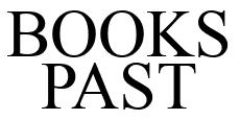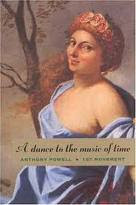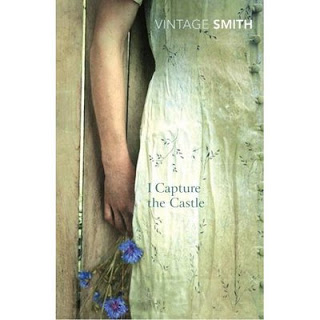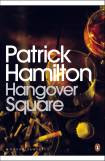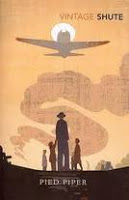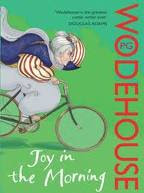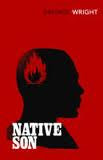
According to the back: “NATIVE SON follows the fortunes of Bigger Thomas, a young black man who is trapped in a life of poverty in the slums of Chicago. Unwittingly involved in a wealthy woman’s death, he is hunted relentlessly, baited by prejudiced officials, charged with murder and driven to acknowledge a strange pride in his crime.”
Well, sort of. But actually this undersells this novel, making it sound like a straightforward condemnation of racial attitudes in America in the twentieth century, with Bigger the innocent victim of an evil system. In fact, Bigger is a complex character. He is presented as violent, and frustated, and I’m not sure we can describe his murder as entirely unwitting. He most wittingly continues by burning the lady in a furnace, to cover up his crime, and demands a ransom from her parents. He then goes on to rape and murder his girlfriend when he fears she will expose him. When the white woman’s bones are discovered in the furnace, he goes on the run, and is eventually captured, tried, and sentenced to death. However, without making Bigger in any way a saint, or implying he is not responsible for his actions, the book still manages to put Bigger’s society on trial, rather than Bigger himself.
This book was written in 1940, and made Wright the first best selling black novelist in the US. I think it was remarkably brave at such a period to present such a negative portrait of a black man, and a remarkable feat of writing skill to ensure we feel sympathy for him. This reader, at any rate, found it easy to understand his frustration, and even the sense of joy and freedom he felt once he had committed the murder. He finally feels as if he has some sort of control over his own life, and is at last a person to be reckoned with.
The first two sections, ‘Fear,’ about his life before the murder, and ‘Flight’ about his life after it, are beautifully written. Clear, compelling, gorgeously unpretentious (save for one terrible sex scene). The last, ‘Fate’ is not quite up to this standard. It covers his trial, and has some dreadful unconvincing set pieces, in the way of speeches to the jury, and a heroic but misguided attempt to have Bigger realise what has been wrong in his life in his last moments.
The back again, from David Mamet: NATIVE SON is, in addition to being a masterpiece, a Great American Novel”. Mr Mamet, you are still a mysoginist. But you are right about Native Son.
